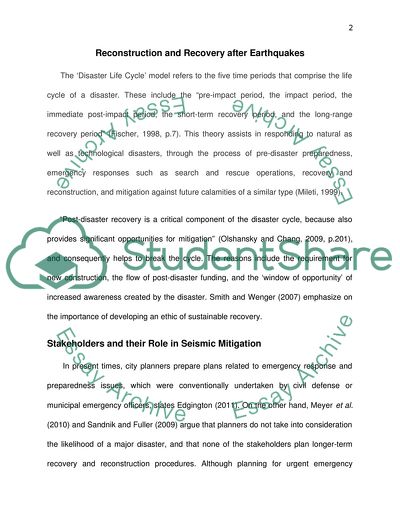Cite this document
(Seismic Mitigation: Post-Recovery and Reconstruction Coursework Example | Topics and Well Written Essays - 2500 words - 1, n.d.)
Seismic Mitigation: Post-Recovery and Reconstruction Coursework Example | Topics and Well Written Essays - 2500 words - 1. https://studentshare.org/engineering-and-construction/1793428-seismic-mitigation
Seismic Mitigation: Post-Recovery and Reconstruction Coursework Example | Topics and Well Written Essays - 2500 words - 1. https://studentshare.org/engineering-and-construction/1793428-seismic-mitigation
(Seismic Mitigation: Post-Recovery and Reconstruction Coursework Example | Topics and Well Written Essays - 2500 Words - 1)
Seismic Mitigation: Post-Recovery and Reconstruction Coursework Example | Topics and Well Written Essays - 2500 Words - 1. https://studentshare.org/engineering-and-construction/1793428-seismic-mitigation.
Seismic Mitigation: Post-Recovery and Reconstruction Coursework Example | Topics and Well Written Essays - 2500 Words - 1. https://studentshare.org/engineering-and-construction/1793428-seismic-mitigation.
“Seismic Mitigation: Post-Recovery and Reconstruction Coursework Example | Topics and Well Written Essays - 2500 Words - 1”. https://studentshare.org/engineering-and-construction/1793428-seismic-mitigation.


